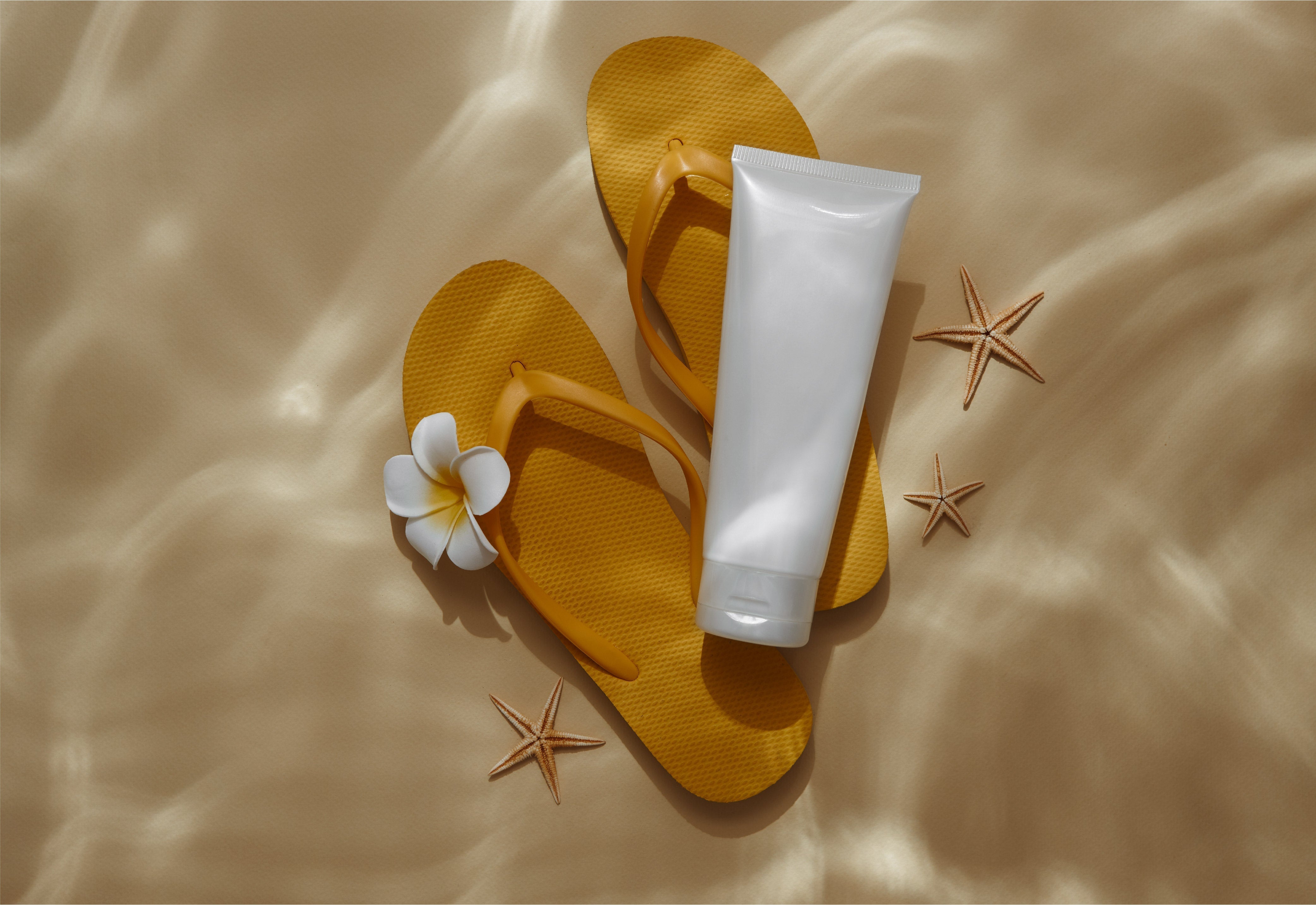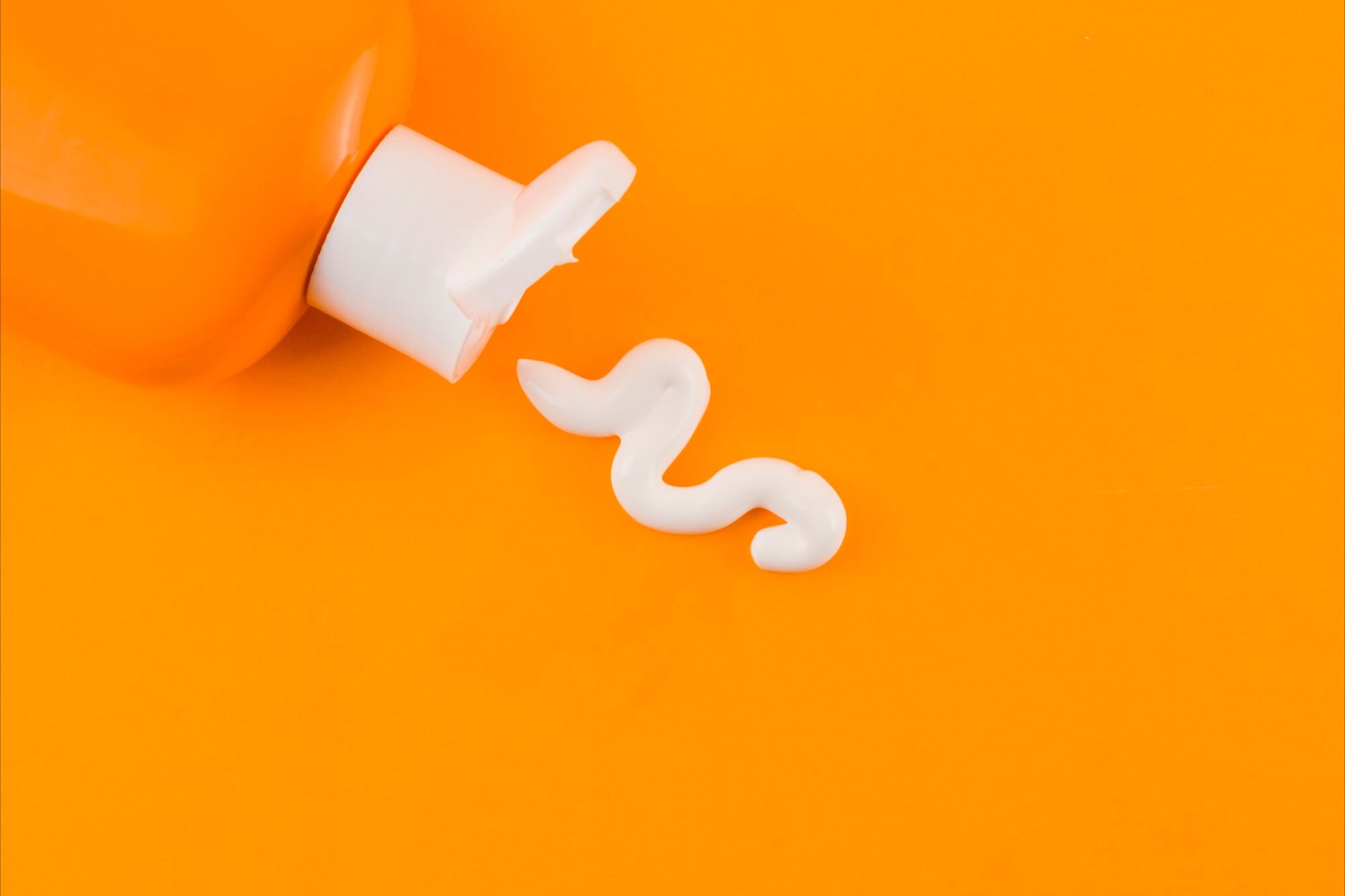Sun protection is an essential aspect of skincare, but many misconceptions exist about the role of SPF (Sun Protection Factor). While it may seem ideal to achieve total sun protection, complete UV avoidance is not advisable. Sun exposure plays a crucial role in vitamin D synthesis, necessary for bone health, immune function, and cellular repair. Excessive sun avoidance may lead to vitamin D deficiency, associated with osteoporosis, weakened immunity, and even mental health challenges. Instead of avoiding the sun altogether, adopting a multilayered sun protection strategy is key.
Understanding SPF and Its Limitations
While SPF is an important measure of UVB protection, it does not provide complete sun defense, and increasing SPF beyond a certain point doesn't offer any added benefits. Instead, a combination of mineral filters, botanical ingredients, and lifestyle choices contributes to comprehensive sun protection.
SPF primarily measures protection against UVB rays, which cause sunburn, while UVA rays penetrate deeper into the skin and contribute to aging and DNA damage.
Many assume that higher SPF values provide exponentially better protection, but in fact, it is otherwise. SPF 30 blocks approximately 97% of UVB rays, while SPF 50 blocks about 98%, and SPF 100 blocks 99%. The difference between SPF 30 and SPF 90 is negligible in real-world applications, while significantly loading the additional amount of UV filters in your product.
Not only this, it may also lead to a false sense of security, resulting in inadequate reapplication and sun avoidance approach.
Dermatologists recommend reapplying sunscreen every two hours, regardless of SPF, since sweat, water exposure, and skin oils degrade their efficacy over time. Broad-spectrum protection, which shields against both UVA and UVB, is critical in reducing the risk of photoaging and skin cancer.
Natural UV Protectors of Eluxier
Beyond synthetic UV filters, we have discovered an army of natural warriors that help us against UVR. These substances offer broad-spectrum UV protection while providing additional skin benefits:
1. Zinc Oxide: A Mineral Powerhouse
Zinc oxide is a physical UV filter that provides broad-spectrum protection by reflecting and scattering UV radiation. Unlike chemical filters, which absorb UV rays and may degrade over time, zinc oxide remains stable and photoprotective for extended periods. Studies confirm that non-nano zinc oxide is safe, non-toxic, and offers long-term sun defense
2. Pongamia Oil: A Botanical Shield
Pongamia pinnata (Karanja) oil contains flavonoids and karanjin, which exhibit UV-absorbing properties comparable to synthetic sunscreens. Research indicates Pongamia oil has natural SPF-enhancing capabilities, antioxidant benefits, and wound-healing properties
3. Cellulose Fibers: UV Scattering Agents
Cellulose-based fibers, derived from plants, enhance UV reflection and dispersion in sunscreen formulations. These biodegradable fibers create a physical barrier on the skin. Scientific studies demonstrate that cellulose nanocrystals enhance SPF performance when combined with mineral-based sunscreens.
4. Coconut Oil: A Natural SPF Booster
Coconut oil has a mild SPF of around 4-7, making it insufficient as a standalone sunscreen but beneficial as an adjunct. Its moisturizing and antioxidant properties help mitigate oxidative stress caused by UV exposure. Research suggests that coconut oil reduces UV-induced lipid peroxidation, preventing DNA damage in skin cells.
5. Green Tea Polyphenols: Photoprotection at the Cellular Level
Epigallocatechin gallate (EGCG), a polyphenol found in green tea, exhibits potent antioxidant and anti-inflammatory effects against UV damage. Studies confirm that topical and oral green tea extracts reduce erythema, DNA damage, and oxidative stress, making them a promising component in sun protection.
6. Ceramides: Continued Moisturization
A Ceramide complex with 5 types of ceramide that mimics the lamellar lipid layer fills the gap in the skin barrier and keeps it moisturized while minimalizing the degradation from UV exposure.
Holistic Sun Protection Strategies
Apart from Sunblocks, there need to be additional measures that protect from UV damage, these are equally important and provide additional protection:
- Clothing & Accessories: Wear UPF-rated clothing, wide-brimmed hats, and sunglasses to minimize direct sun exposure.
- Shade & Timing: Avoid peak UV hours (11 AM - 4 PM) and seek shaded areas.
- Limit direct Sun Exposure: If possible, limit direct sun exposure to an hour during the High UV activity hours.
- Dietary Antioxidants: Consuming carotenoids (found in tomatoes and carrots), vitamin C, and polyphenols enhances the skin’s ability to neutralize free radicals from UV exposure.
- Stay Hydrated: keep sipping on water to maintain hydration during sun exposure ensuring sweating that also cools down the skin and protects from sunburn.
SPF is an essential component of sun protection, but not the only one. Over-reliance on high SPF values can lead to inadequate sun safety. A combination of broad-spectrum sunscreens with natural UV-protective ingredients, and holistic lifestyle choices ensures optimal skin health while maintaining necessary sun exposure for vitamin D synthesis.





Share:
pH5.5: The Sweet-Spot of Optimum Skin Health
Chemical UV Filters, the help we never needed